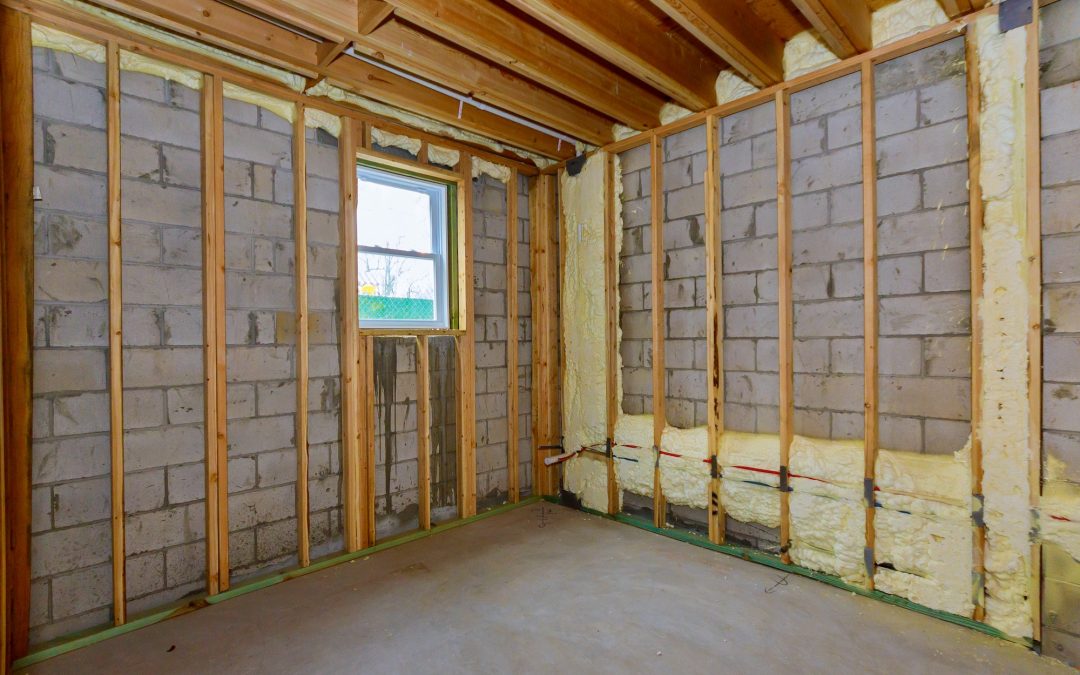Basement waterproofing is a crucial step in making sure your home’s foundation is structurally sound and free from moisture-related damage. Unfortunately, many homeowners are unaware of the science behind basement waterproofing and how it works. Hydrostatic pressure is a key component of the process, and understanding it can help ensure that your basement remains dry for years to come.
What Is Hydrostatic Pressure?
Hydrostatic pressure is the force exerted by a fluid (such as water) against a surface. In the context of basement waterproofing, hydrostatic pressure occurs when water accumulates on one side of a barrier (such as a wall or foundation) and is unable to pass through. As the water accumulates, it creates an increasing amount of pressure on the barrier until the barrier eventually fails or cracks.
It’s important to note that hydrostatic pressure isn’t limited to water. Soil can also create hydrostatic pressure when it becomes saturated with moisture. As the soil absorbs more and more moisture, it begins to exert an increasing amount of pressure against any barriers in its path. This is why proper drainage is so important for basement waterproofing; if drainage systems are not installed properly, moisture can accumulate in the soil and lead to hydrostatic pressure.
Why Is Hydrostatic Pressure Dangerous?
Hydrostatic pressure can be extremely dangerous for homeowners because it can cause structural damage to their homes. As the pressure continues to increase, it can cause walls and foundations to crack and erode. This can lead to major structural damage, such as sagging walls or even collapse. In addition, hydrostatic pressure can also allow water to seep into your home, leading to mold growth, rot, and other moisture-related damage.
Hydrostatic pressure can also be dangerous because it affects other parts of your home. If your foundation or walls become weakened due to hydrostatic pressure, this can affect other parts of your home such as floors and ceilings. Furthermore, if you have any plumbing pipes running through your basement walls or foundation, they may become compromised due to hydrostatic pressure.
How Can You Prevent Hydrostatic Pressure?
The best way to prevent hydrostatic pressure is by ensuring that you have proper drainage systems installed around your home’s perimeter. These drainage systems should be designed to quickly divert water away from your home’s foundation so that it does not accumulate on one side and cause hydrostatic pressure.
In addition, you should also make sure that your home has adequate waterproofing applied around its exterior walls and foundation. Properly applied waterproofing will help keep water out of your basement while also helping prevent hydrostatic pressure from occurring.
What Are Some Common Basement Waterproofing Solutions?
- Interior Drainage System: This system involves installing a drain pipe along the interior perimeter of your basement walls that collects any groundwater that seeps through the walls or floor.
- Exterior Waterproofing Membrane: This type of membrane is usually applied directly on top of your existing foundation walls and helps keep water out.
- Sump Pump System: This system includes a sump pump located within your basement that pumps out any groundwater before it accumulates inside your home.
.
By understanding how hydrostatic pressure works and taking steps to prevent it from occurring, you can help ensure that your basement remains dry and structurally sound for years to come. Make sure you understand the science behind basement waterproofing so that you are better equipped to protect your home from potential water damage.
.

